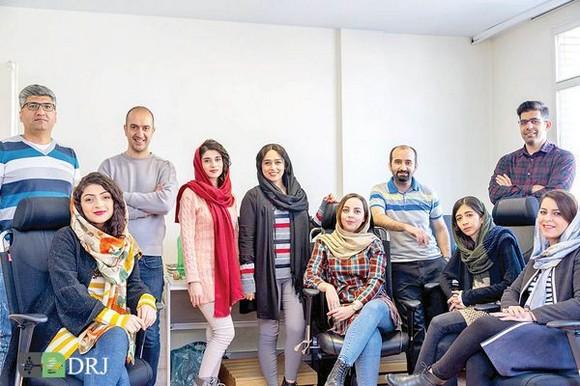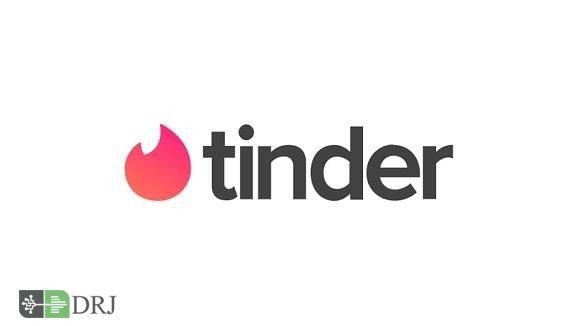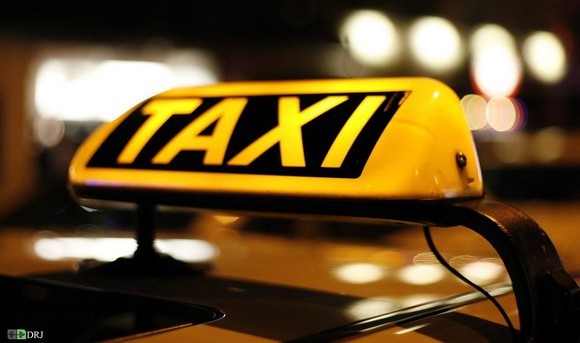Whether it is Apple, Samsung, HTC or Beats, all these companies have one thing in common: They charge a premium for their products, so much so that a device that costs Apple $270 is priced at $800.
As for second-tier manufacturers, such as Xiaomi, Huawei, Oppo and OnePlus, they take in as little profit as possible (sometimes no profit at all) to stay competitive over the ones mentioned above.
What’s behind the pricing strategies of these companies?
Read: Cryptos get their own TV show, starring Blockchain & Bitcoin
Apple: “Profit vs. sales”
We investigated Apple, which makes the highest profit between mobile phone manufacturers.
On high-end devices, Apple CEO, Tim Cook, told Bloomberg Businessweek in an interview last year: “We never had an objective to sell a low-cost phone. Our primary objective is to sell a great phone and provide a great experience, and [in the process] we figured out a way to do it at a lower cost.”
Steve Jobs’s vision for Apple was always to create a premier product and charge a premium price. Apple’s cheapest products are usually priced in the mid-range, but ensure a high-quality user experience with their features.
That is something that second-tier manufacturers usually don’t focus on.
Cook is following this strategy well so far, and here’s how he’s doing that with Apple’s 3 following strategies.
Read: Weekly Tech-Talk: EU hits Google with $5bn, but it is not the end
Strategy 1: Differentiation
Apple attempts to increase market demand for its products through differentiation, which entails making its products unique and attractive to consumers.
The company’s products have always been designed to be ahead of the curve compared to its peers.
It doesn’t end here.
Related: Has this student just invented the most ESSENTIAL gadget ever?
Strategy 2: High demand
Despite high competition, Apple has succeeded in creating demand for its products, giving the company power over prices through product differentiation, innovative advertising, ensured brand loyalty and hype around the launch of new products.
By focusing on customers willing to pay more and maintaining a premium price at the cost of unit volume, Apple also set up an artificial entry barrier to competitors.
There’s more.
Related: Weekend tech talk: Rumors on the spider web
Strategy 3: No competition
Apple uses a retail strategy called “Minimum Advertised Price” (or MAP). Minimum Advertised Pricing policies prohibit resellers or dealers from advertising a manufacturer’s products below a certain minimum price. The MAP is usually enforced through marketing subsidies offered by a manufacturer to its resellers.
According to a piece in Macworld, Apple maintains the popularity of its high-priced products by only offering retailers, such as Walmart or Best Buy, a marginal wholesale discount. This small percentage in savings isn’t enough of a profit margin for retailers to offer big discounts on Apple’s products, which means customers end up paying a price close to the manufacturer’s suggested retail price (MSRP). Apple prevents a scenario where retailers can charge a lower price by offering monetary incentives to retailers to sell goods at the MAPs fixed by the company.
This strategy is effective so far as it prevents retailers from competing directly with Apple’s own stores, while also ensuring that no reseller has an advantage over another.
So Apple is able to keep its distribution channels clean as well as make more money on its direct sales.
However, a company can charge a premium price as long as it has a competitive advantage, and analysts believe that the brand is on the way to losing its “aspirational” status.
With increasing competition from Android and low-cost smartphones as well as saturation in the developed markets, analysts feel that the company could risk becoming a high-end niche name.
Read: Think you’re tech savvy? If you don’t own one of these, you’re not
Xiaomi: “Sales vs. profit”
On the low-end of the spectrum, we have Xiaomi, which is considered to be a second-tier smartphone manufacturer. The Chinese manufacturer makes no profits from its phones, but is currently the second-best smartphone manufacturer in the world, according to Statista.
According to TechCrunch’s report, Xiaomi’s Global VP and Former Android VP, Hugo Barra, said in an interview with Reuters that Xiaomi’s business model wasn’t about selling smartphones, but that a device’s sale could lead to a reoccurring service revenue later on. Barra was commenting on a drop in its smartphone sales in China, explaining that it wouldn’t impact the company’s long-term profit growth.
He explained that Xiaomi “could sell 10 billion smartphones and wouldn’t make a single dime in profits,” speaking to Reuters, adding that Xiaomi is essentially giving away its smartphones “without making any money,” because ultimately it “care[s] about the recurring revenue streams over many years” rather than immediate margins on hardware.
Xiaomi is also increasingly focusing on other categories, including smart-home device sales and, as suggested by Barra, revenue driven by software and services.
It sounds like Xiaomi’s approach has more in common with Amazon’s hardware strategy than with Apple’s, even though when it debuted it seemed poised to threaten the latter, especially in markets like China. It’s worth mentioning that dwindling hardware sales aren’t great for service revenue on the long term, but Barra and Xiaomi are probably hoping that other device categories and the overall already-established consumer base will carry that weight, regardless of smartphone device sales performance.
The post Weekly Tech-Talk: Which mobile giant has got the winning strategy? appeared first on AMEInfo.

ایده ها برای استارت آپ موجب رونق کسب و کارهای اینترنتی
آینده / استارت آپ

استارتآپها ادبیات بازار سرمایه را بلدند؟
استارت آپ

صدور تاییدیه دانش بنیانی شتابدهنده صدر فردا
اخبار / استارت آپ

اپلیکیشن شارژاپ
گوناگون / استارت آپ / رپرتاژ آگهی / بازتاب

جذابترین ایدههای B2B در سال 2020
استارت آپ

تعریف استارت آپ startup
دانشنامه / استارت آپ / مقاله

۱۰ استارتاپ که بدون سرمایه به سوددهی رسیدند
استارت آپ

ایده ها و پیشنهاد برای استارت آپ در سال جدید
راهکارها و ترفند ها / استارت آپ

استارتآپ ایرانی؛ مرجع اول زنان افغان
استارت آپ

شروع یک کسب و کار نوپا پلتفرمی
استارت آپ

برنامه شبکه اجتماعی تیندر
گوناگون / معرفی وب سایت / استارت آپ

10 استارت آپ برتر تاکسیرانی جهان
استارت آپ

پخت پیتزاهای هیجان انگیز با هوش مصنوعی
آینده / استارت آپ

ایده های استارتاپی فراموش شده
دورنما / بازار / استارت آپ

اپل، استارتاپ فناوری خودران Drive.ai را تصاحب کرد
استارت آپ

بررسی مهمترین چالشهای تیمهای استارتاپی
استارت آپ

نگرانی کاربران از هزینه تعمیر و تامین قطعات
گفت و گو / بازار / استارت آپ

مصاحبه با مدیرعامل و بنیانگذار استارتاپ Moz
گفت و گو / استارت آپ

آشنایی با استارت آپ های حوزه مدیریت آب
استارت آپ

راه اندازی ۷۰ استارت آپ توسط نخبگان ایرانی
استارت آپ

معرفی هشت استارتآپ موفق ایرانی در حوزه فینتک
استارت آپ

اولین مرورگر شرعی دنیا
استارت آپ

از صفر تا پیست
استارت آپ

معرفی برترین استارتاپهای CES 2019
اخبار / استارت آپ

ازدواج با فرد ثروتمند یا خوش اخلاق
سبک زندگی / برترین ها

هدف از تشکیل خانواده چیست
سبک زندگی

اول عاشق شویم، بعد ازدواج کنیم
سبک زندگی

خانواده چیست
سبک زندگی

مشاوره خانواده چیست؟
سبک زندگی

اولویتهای پسانداز خانواده چیست؟
سبک زندگی

هزینه های خانواده چیست؟
سبک زندگی

راهکار بیشتر حرف زدن اعضای خانواده چیست؟
سبک زندگی

چرخه زندگی و خانواده چیست؟
سبک زندگی

اهداف و اصول تشکیل خانواده
سبک زندگی

آموزش جنسی نادرست به سبک خانم جلسه ای
سبک زندگی

لطفا تماشاچی آزار زنان نباشید!
سبک زندگی

کودک آزاری؛ از نشانهها و دلایل تا درمان
گزارش / سبک زندگی / پرورش کودکان

روش های تعیین هدف و مسیر زندگی برای رسیدن به موفقیت
سبک زندگی
مجله اینترنتی دیپروتد نشریه مجازی بر بستر اینترنت به مسائل آموزشی و مقالات پیرامون کسب وکار های نوپا یا استارت آپ ها و سبک زندگی است فعالیت و محتوای مطالب ارائه شده در سایت همه بیشتر در حوزه مدیریت، کارآفرینی ، روانشناسی ،اقتصادی و فناوری اطلاعات است نام اصلی دیپروتد "ریشه های عمیق " با مجوز رسمی از هیات نظارت برمطبوعات مشغول به فعالیت است
ما را در شبکه های اجتماعی دنبال کنید
تمامی حقوق برای سایت فوق محفوط است.
S-TECH: ایرانی توانمند | Powered by: مجله اینترنتی دیپروتد










